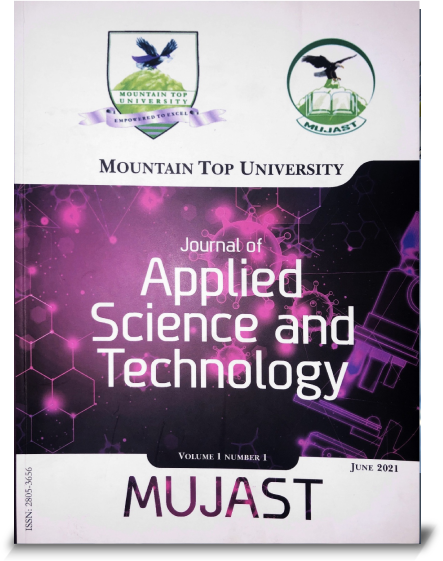An Intelligent Drug Prescription System for Coronary Heart Disease Patients
Authors: Ifedayo A. Olusola, Olusegun G. Lala, Adebayo Aroyehun and Oluwaseyi AdegbiteCoronary Heart Disease (CHD) remains one of the leading causes of global morbidity and mortality, demanding innovative approaches for effective clinical management and medication administration. This study presents an intelligent model designed to support drug administration in patients with CHD using Artificial Neural Networks (ANN), structured clinical workflows, and stakeholder-informed system requirements. Data for model development were obtained using structured interviews with cardiologists, pharmacists, and administrative personnel from UNIOSUN Teaching Hospital, Osogbo, Osun State and LAUTECH Teaching Hospital, Ogbomoso, Oyo, State. In addition, a merged heart disease dataset from Kaggle containing 1,190 instances and 11 clinically relevant features. Preprocessing procedures including data cleaning, feature selection, normalization, and categorical encoding were performed on the acquired data. The proposed system was designed using UML tools to model workflows, class interactions, and user roles, ensuring alignment with real-world clinical processes. The ANN model was developed and integrated into a functional clinical information system using Node.js, Flutter, and RESTful API communication. Performance evaluation revealed that the implemented model demonstrated strong potential for improving drug administration accuracy, enhancing clinical decision-making, and streamlining pharmaceutical operations. The integrated MedAd4CHD platform further ensures secure data flow, real-time patient information access, and end-to-end medication lifecycle management. This study provides a practical, scalable framework for intelligent CHD medication administration and establishes a foundation for future clinical validation.


